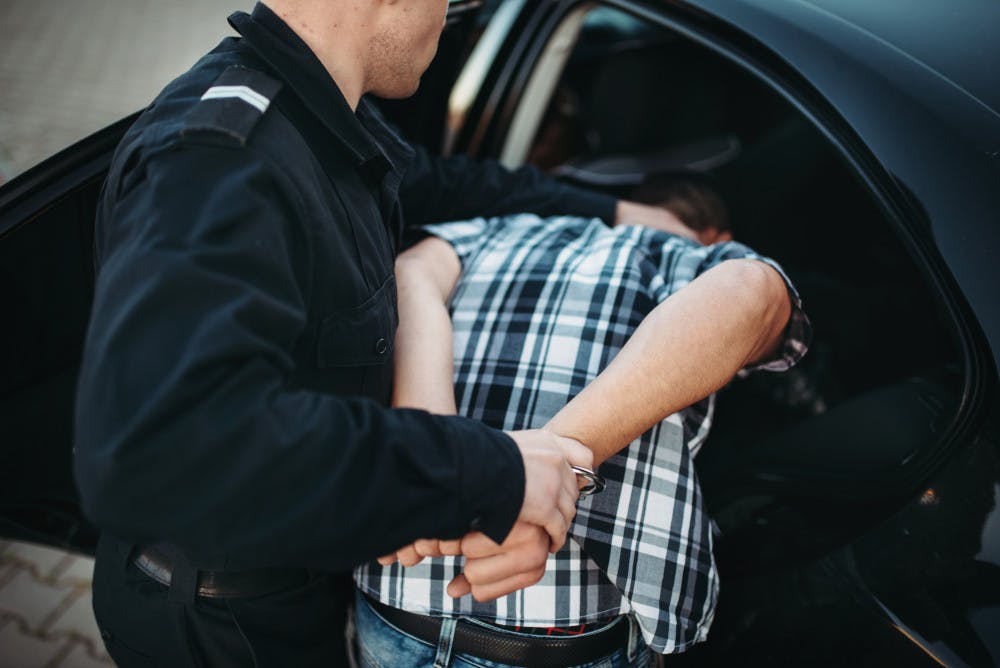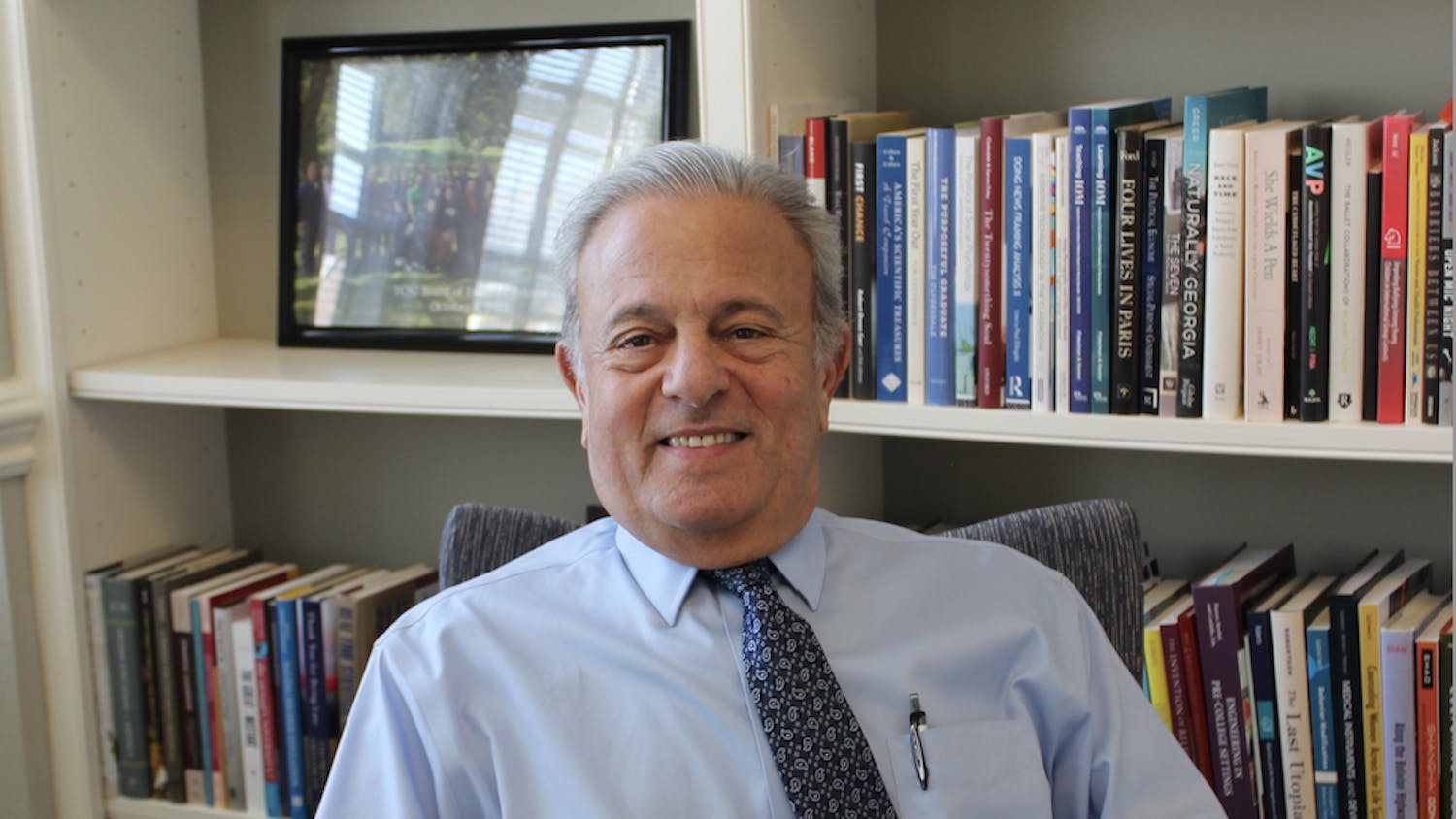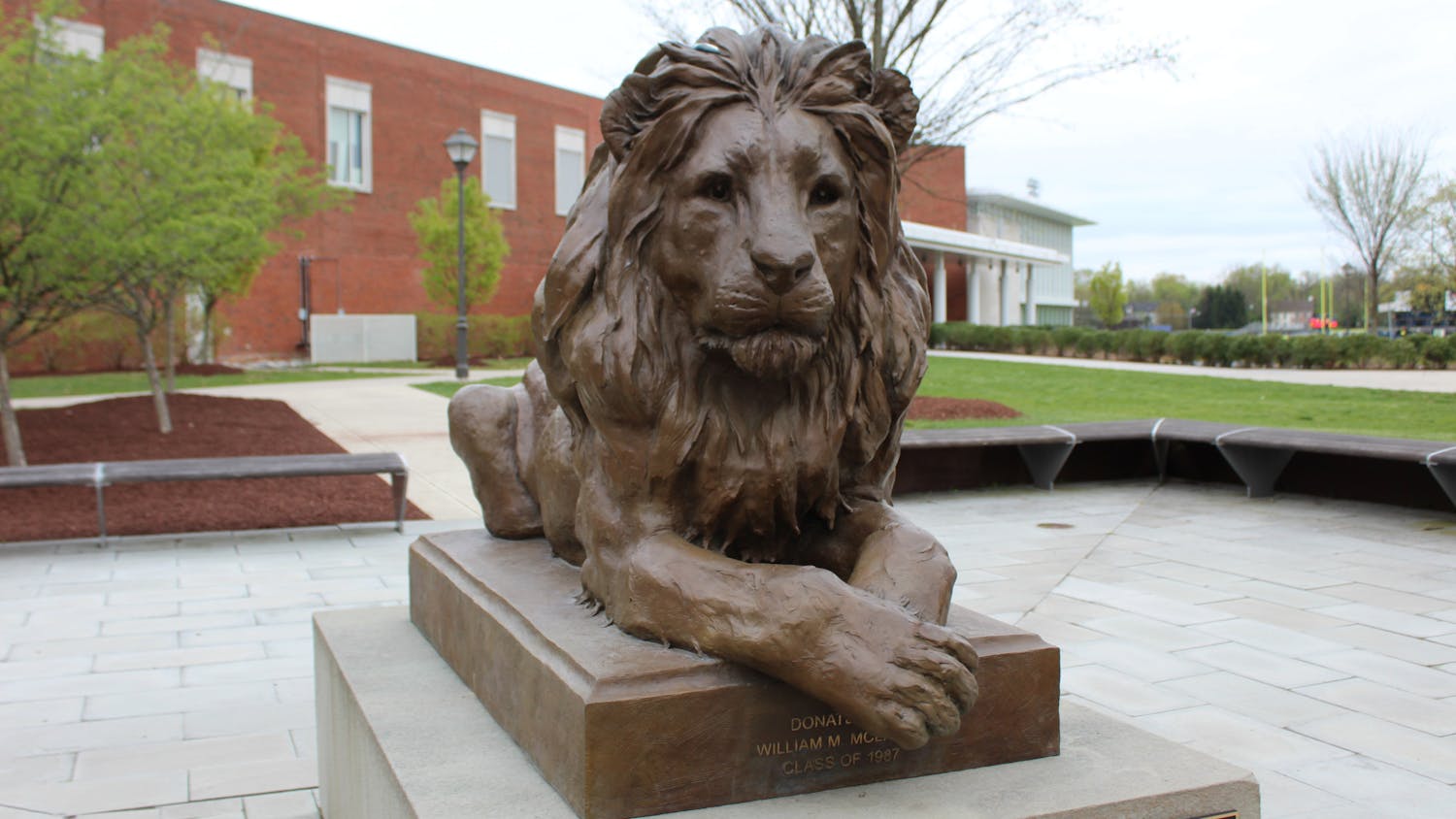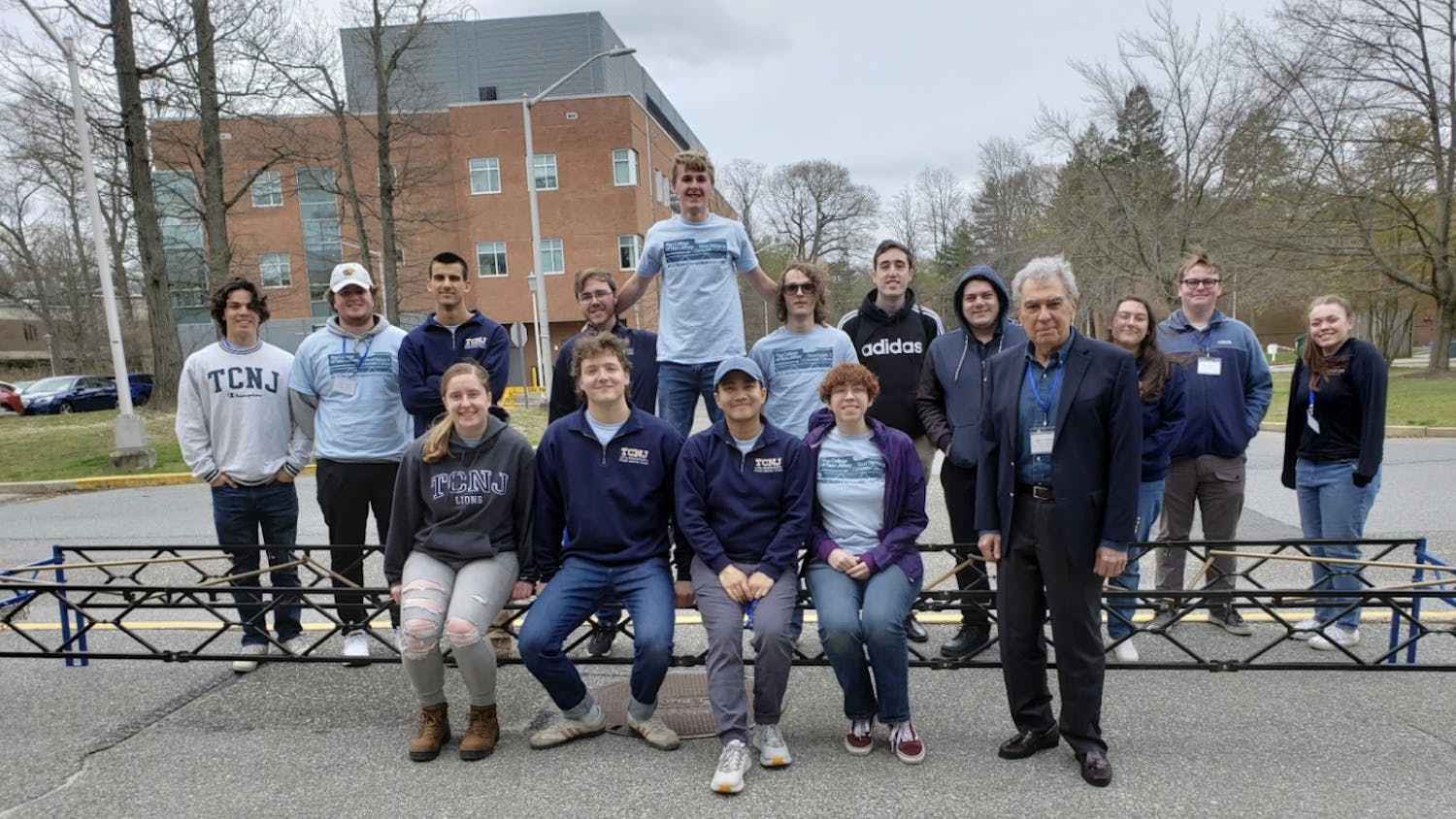By Gabrielle Beacken
News Assistant
Pouring rain and icy weather couldn’t hinder the protesters’ spirits — students fought the challenging climate conditions and marched from the Education Building to the Towers in a demonstration supporting black lives and an end to police brutality on Saturday, Dec. 6.
Starting in Alumni Grove and wrapping its way around campus, the peaceful protest, “March for Michael Brown, Eric Garner, Akai Gurley, and all others who had their lives taken,” was handsomely attended. The march mirrored demonstrations around the country in the wake of two failed indictments of white police officers who killed unarmed, black males in Ferguson, Mo. and Staten Island.
“There has been no justice for the people whose lives have been taken by the police,” senior psychology major and chief organizer of the protest Gabriel Rojas said. “The officers involved in these various murders have not been charged for their crimes, and so there is a powerful force here in America that is continuously getting away with exerting their power wrongfully.”
The dispute over the use of deadly force by law enforcement and its tendencies to unfairly criminalize black males has become a contentious issue since the shooting of Michael Brown in August. The issue was further brought to light by the deaths of Eric Garner and Akai Gurley at the hands of the police, but a multitude of similar, yet less publicized incidents have routinely occurred around the country.
Unarmed, 18-year-old Michael Brown was fatally shot by Ferguson, Mo., police officer Darren Wilson on Saturday, Aug. 9. Many details of the case remain ambiguous due to inconsistencies in witness testimony and evidence provided at the trial, and a grand jury subsequently refused to indict Wilson on charges of murder and manslaughter.
Unarmed, 43-year-old Eric Garner fatally sucumbed to an NYPD-banned chokehold method, implemented by police officer Daniel Pantaleo, on Thursday, July 17, in Staten Island. A video that shows the altercation was shared on the Internet and has since gone viral. Garner is heard several times in the video saying “I can’t breathe,” and protests over the grand jury’s refusal to indict Pantaleo have echoed his dying words.
Unarmed 28-year-old Akai Gurley was accidently, yet fatally, shot by a novice police officer, Peter Liang, in a dark stairwell of a Brooklyn housing project on Thursday, Nov. 20. The Brooklyn district attorney plans to convene a grand jury.
Moreover, according to a ProPublica.org analysis of federally collected data on fatal police shootings, recent studies suggest that young black males are 21 times more likely of being shot dead by police than their white counterparts. The ProPublica analysis specifically focuses on black males from age 14 to 19.
As a result, unrest has erupted across the nation, with relations between law enforcement and racial minorities have been increasingly strained. Many universities and colleges have hosted protests, as well, including the University of California Berkeley, Texas A&M University and Colorado College.
“I absolutely disagree (with the fact) that neither of them were indicted,” senior creative writing major Ashlee Cain said of officers Wilson and Pantaleo. “It’s outrageous with everything that has happened.”
Various chants were recited during Saturday afternoon’s campus protest, such as "Hands up, don’t shoot,” “No justice, no peace,” “Black lives matter,” “We can’t breathe, stop police brutality” and “Two hands in the air, but they don't really care.”
“At this point I’m angry,” sophomore psychology major Ijal Thompson said. “I’m focused on activism. Hopefully, change comes in with legislation.”
An overarching theme of the protest was “Black Lives Matter,” as seen on the mural painted on the community message board outside the Brower Student Center. In response, some students questioned why the theme chose not to say “All Lives Matter.”
“The most important message from this protest is that black lives matter,” Rojas said. “Many people have been trying to say that all lives matter, but that is not the issue at hand.”
Rojas explained that, while human life should be universally protected, black lives are being taken and targeted by law enforcement officers at exceptional rates. This is an injustice that “we will not stand for,” Rojas said.
Students participated in the protest to spread awareness of the issues addressed in the Brown and Garner cases.
“I felt like I couldn’t do anything to help until I heard they were doing this,” Cain said.
Cain was excited to hear that there was a way to express her viewpoints through the convenient protest on campus.
“It’s easy for somebody who can’t go out into the world to show their support,” Cain said. “I really hope to spread awareness.”
Rojas and Campus Police coordinated together to map out a route for the protesters to march.
“Campus Police were actually very supportive of the protest, and they helped in planning the route that we marched,” Rojas said. “They told me that they wanted to help us get our message across and wanted to make sure it all ran smoothly, which is exactly what they did.”
The protest marched past Centennial towards the Education Building and then marched around all of the campus school buildings. Students living in Townhouses South, Travers and Wolfe, Cromwell, Decker, New Residence, Allen, Brewster and Eli Halls were all able to see and hear the protesters marching.
Protesting on campus not only affects the students participating, but also the students observing the demonstration and its messages.
“I just hope that the people who could not make it to the protest heard what we had to say and that it got them thinking about what we were protesting about,” Rojas said. “If we were able to just catch the attention of a few people, and inspire those people to at least think or talk about the current injustice against these black lives, then we have succeeded in making one step toward progress and fighting for the change that needs to come.”
Junior psychology major Angela Tengelics agreed with Rojas: Seeing students protesting in the pouring rain makes a statement. Tengelics added that anything that can be done to get the conversation started is an important catalyst for social change.
“If no one else is going to stand up against this injustice, someone has to,” Tengelics said.







